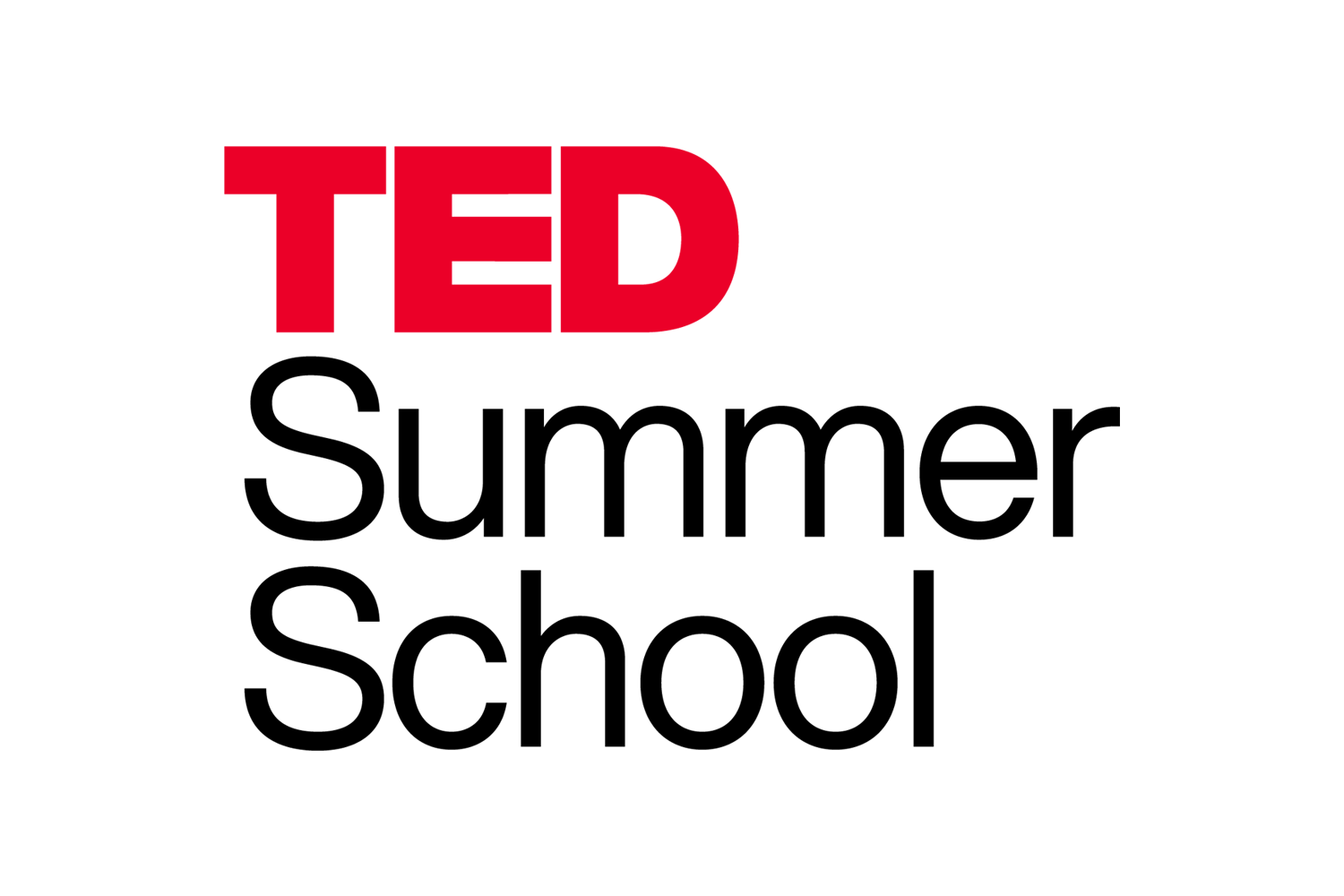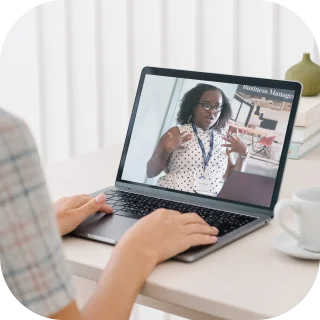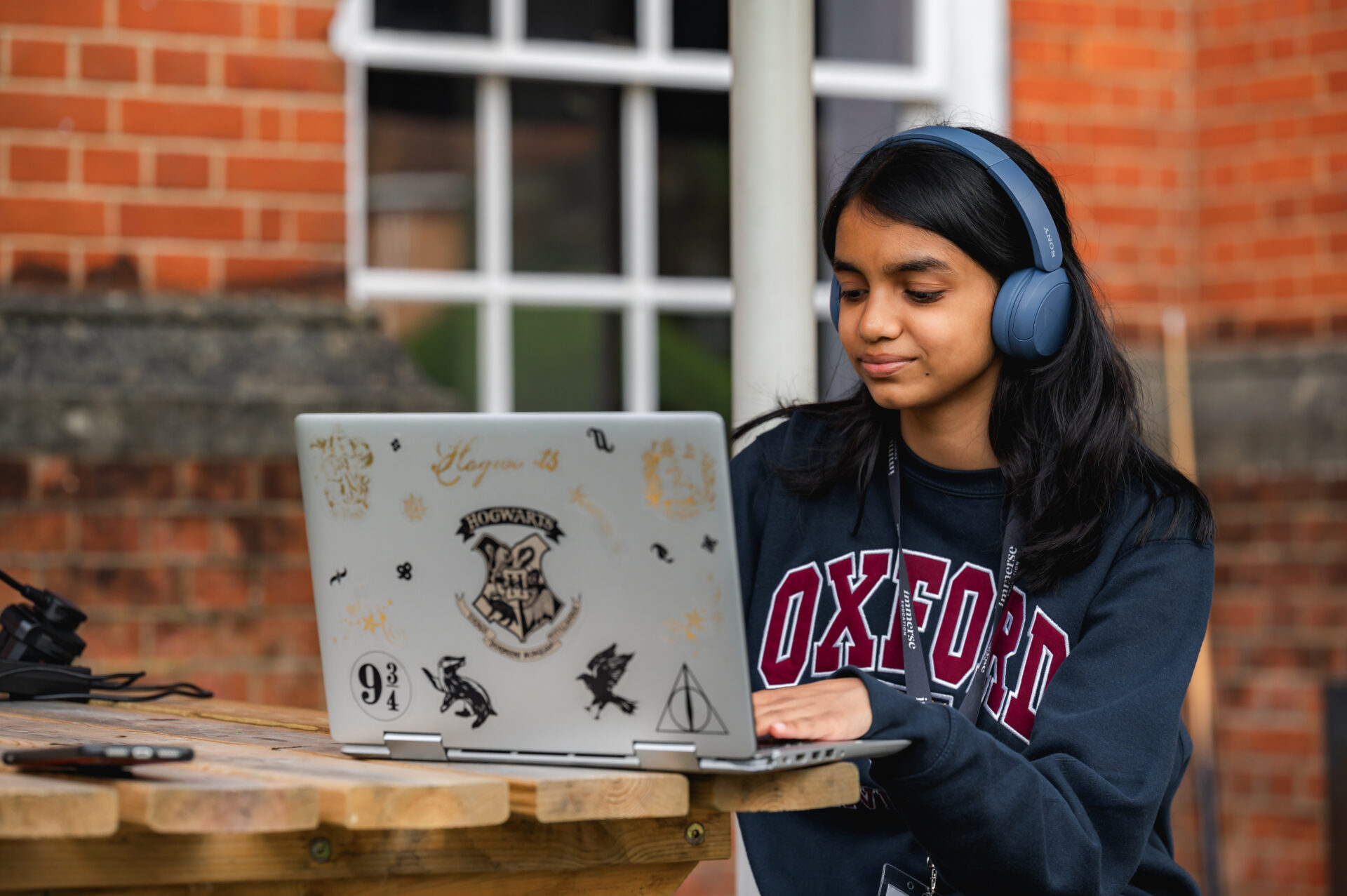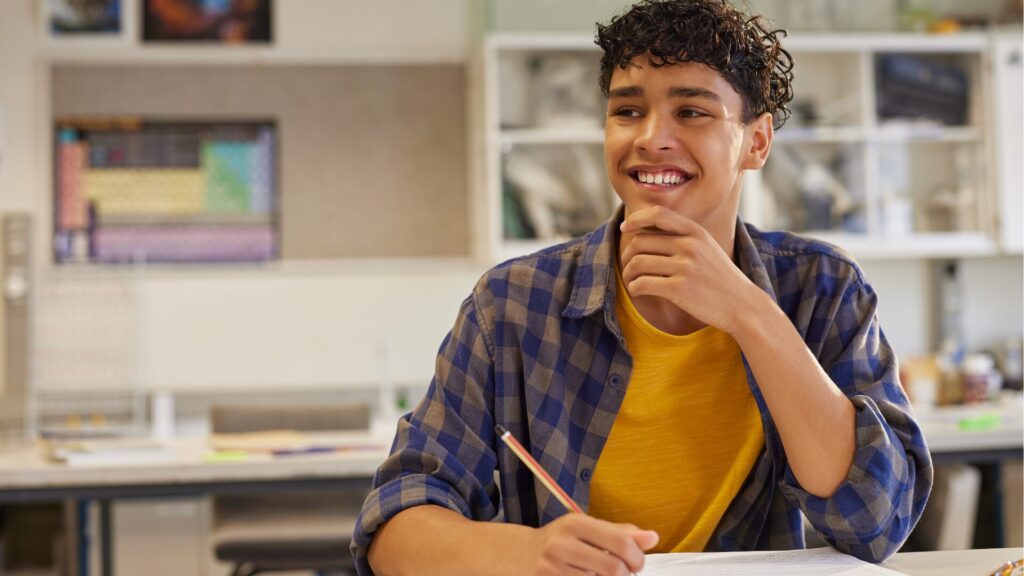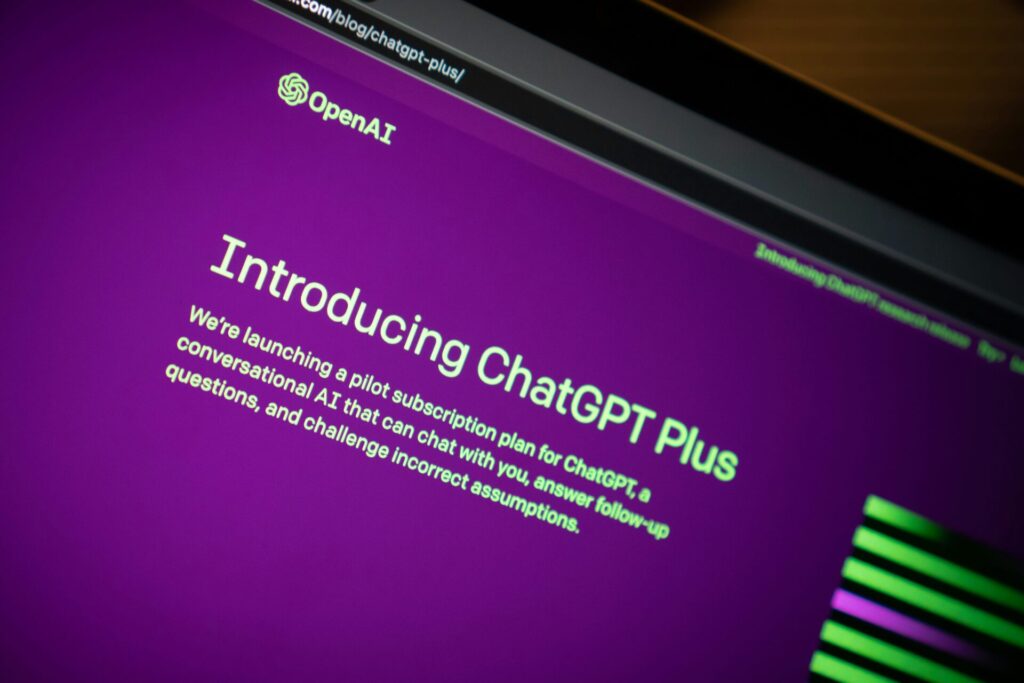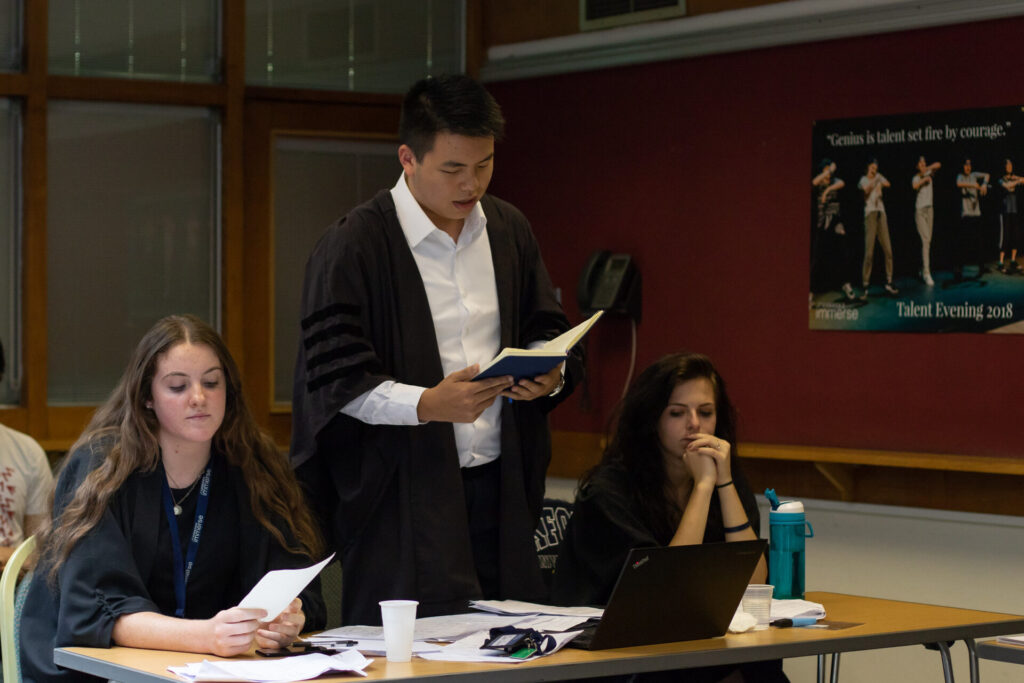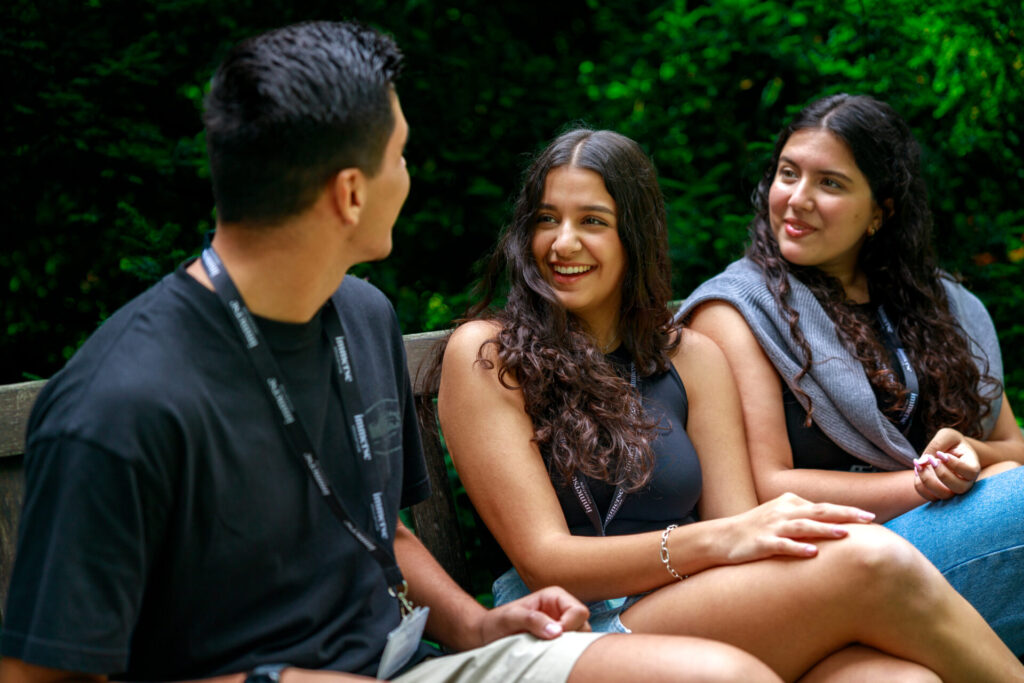You watch your students flip open their laptops at the start of a lesson. Within seconds, they’re researching, editing slides, and messaging peers about group work. These moments reveal what digital literacy truly is: the ability to use technology with confidence and intention.
Digital literacy helps your learners find reliable information, think critically, and communicate creatively. It’s not just about tools but guiding students to use them purposefully.
At our TED Summer School, these ideas come alive as technology and imagination shape richer learning experiences.
Let’s explore why digital literacy matters for you and the learners you teach.
What is Digital Literacy? A Modern Definition
Digital literacy is the ability to find, evaluate, create, and communicate information using technology responsibly and effectively. It means understanding how digital tools work, how information spreads, and how to use technology thoughtfully to learn, share, and innovate.
When you ask what digital literacy is, the answer goes beyond technical skill. It includes curiosity, critical thinking, and ethical awareness.
Being digitally literate is more than knowing how to use search engines or post on social media. It’s helping students recognise credible information, communicate clearly, and use technology to make a positive impact.
As Doug Belshaw explains in his TEDx talk, The Essential Elements of Digital Literacies, digital literacy connects human understanding with technical ability. It encourages learners to move beyond simply consuming content and instead use technology to question, design, and create change.
During technology courses like our Computer Science Summer School, this comes to life as learners build projects, solve challenges, and explore how creativity and technology shape the world around them. Digital literacy equips them to navigate information confidently, communicate responsibly, and design ideas that matter.
That said, digital literacy is increasingly relevant for all subjects and disciplines. Whether it’s a physics student familiarising themselves with modelling software, a history student taking advantage of a digital archive, or a design student experimenting on Canva, we can confidently say that in today’s classrooms, digital literacy is the foundation for learning, leadership, and innovation.
Through developing your class’s digital literacy, you’ll help these young people use technology not just to keep up, but to stand out.
Why Digital Literacy Is Important for Students
You see it every day. A student asks a simple question, opens their laptop to look it up, and instantly gets pulled into a mix of search results, videos, and notifications. You watch them try to sort out what matters and what doesn’t. That moment is digital literacy in action, and it’s one of the most important skills you can help them build.
Digital literacy is important for students because it teaches them to use technology responsibly, think critically about what they encounter, and communicate effectively online. It helps them understand how digital media shapes their world and gives them the confidence to learn, create, and collaborate with intention.
When students are digitally literate, they can recognise misinformation, evaluate credibility, and contribute positively to group tasks and discussions. These abilities support classroom success and prepare them for a future where creativity, critical thinking, and digital awareness are essential.
In her TEDx talk Digital Literacy: Realizing the Promise of Technology, Shauna Begley explains that digital success depends on aligning behaviour with purpose. It’s not about chasing every new trend. It’s about building curiosity, confidence, and integrity in how students engage with technology. With your guidance, these skills become pathways to leadership and innovation.
At Immerse Education’s TED Summer School, you’ll see digital literacy in action as learners explore global ideas, design creative solutions, and communicate using digital tools.
The Five Core Components of Digital Literacy
Digital literacy can by thought of five stages that help students use technology with purpose: access, analyse, create, communicate, and act. Each one strengthens how they find information, think critically, and contribute responsibly in digital spaces.
Here are the five components and how you see them play out in the classroom.
1. Access – Helping Students Find and Use Digital Tools Confidently
In every class, students bring different levels of digital experience. Some navigate tasks smoothly, while others struggle to locate basic tools or reliable sources. That gap highlights why digital access matters: it’s the gateway to confident, purposeful use of technology.
A UNICEF-LSE study, Growing Up in a Connected World (2019), found that students who explore diverse online activities build stronger digital skills. Access means helping them know where to look, how to stay safe, and how to turn online exploration into purposeful learning.
2. Analyse – Teaching Students to Evaluate Information Critically
You’ve seen this more than once. A student rushes into class, and within minutes, a small group gathers around them, all excitedly discussing a rumour they saw online – celebrity news, like MrBeast quitting YouTube, or something closer to home. Stories like that spread fast, but they aren’t always true.
Being digitally literate means knowing how to question sources, check credibility, and spot bias before believing or sharing something. Analyse is about guiding students to pause, verify information, and look beyond attention-grabbing claims.
By teaching them to think critically online, you help them separate opinion from evidence and make informed, responsible choices.
3. Create – Supporting Students as They Design and Produce Digital Content
Create is where your students turn their ideas into something others can experience. You see it when they design class presentations using Canva, build PowerPoints for reporting tasks, or produce short films and digital projects to demonstrate their learning.
When students create digital content, they learn to share stories, explain concepts, and express what matters to them.
It’s not just about posting online; it’s about helping them communicate meaningfully and use digital tools to make their ideas stand out.
4. Communicate – Guiding Students to Collaborate and Share Responsibly
Communicating online means more than typing quick messages or comments. You see this when students work on group projects, share updates in class chats, or coordinate tasks through shared documents, and the tone of their communication shapes how well they work together.
Whether they’re preparing a presentation, discussing ideas, or giving feedback, how they communicate influences the experience for everyone.
Good communication builds trust, encourages teamwork, and helps ideas grow. When students choose their words thoughtfully, they create stronger, more meaningful connections both online and in the classroom.
5. Act – Encouraging Ethical and Purposeful Use of Technology
A student forwards a message without thinking, only to realise later it wasn’t accurate or appropriate for the group. They come to you worried, asking what to do next. That moment highlights how essential it is to teach students to pause before they share.
In his TED Talk Your Online Life, Permanent as a Tattoo, Juan Enriquez reminds us that what students share online can last far longer than they expect. Acting ethically means teaching them to think before posting, respect privacy, and speak up against harmful behaviour.
When students use technology to help, create, and inspire, digital literacy becomes leadership that positively influences your classroom and community.
Join the Immerse Education 2025 Essay Competition
Follow the instructions to write and submit your best essay for a chance to be awarded a 100% scholarship.

Key Digital Literacy Skills for Students
Digital literacy combines skills that help students think critically, create confidently, and communicate effectively. These abilities prepare them to learn, collaborate, and solve problems using technology in your classroom and beyond.
Here are the essential skills every student needs to succeed in a connected world.
Information Evaluation
Every day, students scroll past headlines, memes, and rumours that seem true but aren’t. And you know the feeling too – you’ve probably tapped on a dramatic post and realised it was misleading. That’s why information evaluation is so important.
Encourage them to check who created the content and when it was published. Ask them to compare information across reliable sources such as the BBC, Reuters, or National Geographic Kids. Show them how to look for evidence instead of emotional claims or clickbait titles.
Tools like Google Fact Check or Snopes can help them verify stories quickly. By practising these habits, students build critical thinking skills and learn to trust information that’s credible and well supported.
Online Communication
Online communication is about expressing ideas clearly and respectfully in digital spaces.
You see this when students work on group projects, send emails, or comment on shared documents. Encourage them to think before they type. Ask whether their message is kind, clear, and necessary.
Teach active listening by having them read messages carefully and respond thoughtfully. Remind them to credit others’ work. Strong communication helps them build trust, avoid misunderstandings, and contribute positively to classroom collaboration.
Technical Proficiency
Technical proficiency means helping students understand how to use digital tools, software, and devices to solve problems and create meaningful work.
Encourage students to learn a new piece of software each week, exploring its basic tools, shortcuts, and interface. You might guide them through programmes like Google Workspace, Canva, Scratch, or Photoshop so they can practise navigating menus, adjusting settings, and completing simple tasks independently.
Each new skill strengthens their confidence and independence. The goal isn’t for them to master every tool but to stay curious, adaptable, and open to learning.
Cyber Awareness
Cyber awareness means guiding students to protect their privacy, security, and well-being online. It starts with small habits that make a big difference.
Teach them to use strong, unique passwords and enable two-step verification. A report by the FIDO Alliance found that 36% of people had an online account compromised in the past year due to weak or stolen passwords.
Encourage them to think before sharing personal information, avoid suspicious links, and report harmful behaviour. By practising cyber awareness, they stay safe, protect their data, and use technology responsibly.
Digital Creativity
You see digital creativity in your classroom when students design presentations, film short clips, create graphics, or build interactive projects. That spark of imagination is where digital creativity begins.
It’s about using technology to express ideas, solve problems, and bring concepts to life. Students might design a poster, build a mini website, or create a video explaining a concept.
Digital creativity helps them combine logic with imagination. When they create meaningfully, they don’t just consume content; they shape it, influence others, and bring fresh ideas into the classroom.
How to Develop Digital Literacy Skills For Students
Developing digital literacy in your classroom takes curiosity, consistency, and guided reflection. Here are five simple ways to help students strengthen their skills and confidence.
- Explore Purposefully: Encourage students to try new tools through small weekly challenges. Ask them to explore unfamiliar software, practise shortcuts, or complete simple tasks like creating a graphic or editing a short clip to build hands-on confidence.
- Question Everything: Guide students to check where information comes from, who created it, and what evidence supports it. Compare multiple sources together and discuss why some content may be misleading or biased.
- Collaborate Online: Use shared documents, class forums, or group folders to help students exchange ideas. Online collaboration teaches them to divide tasks clearly, communicate respectfully, and build stronger group work habits.
- Create Regularly: Give students opportunities to design slides, build simple websites, or produce short digital projects. Creating content helps them express ideas, experiment with tools, and understand how technology enhances communication.
- Reflect and Adapt: Invite students to review what they’ve learned after each task. Encourage them to notice what worked, where they struggled, and which tools they want to explore next. Reflection helps them stay adaptable in a changing digital world.
How Digital Literacy Shapes Future Innovators
Digital literacy shapes future innovators by blending creativity, critical thinking, and lifelong learning. When students understand how technology works, they can use it to solve problems, express ideas, and turn imagination into action.
It fuels creativity by helping students experiment with tools like coding, design, and media production to bring bold ideas to life. It also strengthens their ability to think creatively and adapt to challenges, skills that prepare them for rapidly changing workplaces and global opportunities.
TED’s most forward-thinking talks highlight how digital tools connect people across cultures, spark collaboration, and inspire solutions that transform communities. These ideas mirror what teachers see: students who think widely, explore bravely, and use technology to contribute meaningfully.
Becoming Digitally Literate in a Changing World
Understanding what digital literacy means is the first step in guiding your students to navigate their world with confidence. It’s how you help them think critically, create boldly, and communicate clearly in a technology-rich classroom.
At our TED Summer School, students can explore how technology and creativity work together to support them in presenting, persuading, and leading with purpose. Each digital skill you nurture equips your students to lead, collaborate, and express their ideas with purpose.
Digital literacy isn’t just about keeping up with new tools. It’s about empowering your students to use technology thoughtfully and responsibly to make a positive impact.


